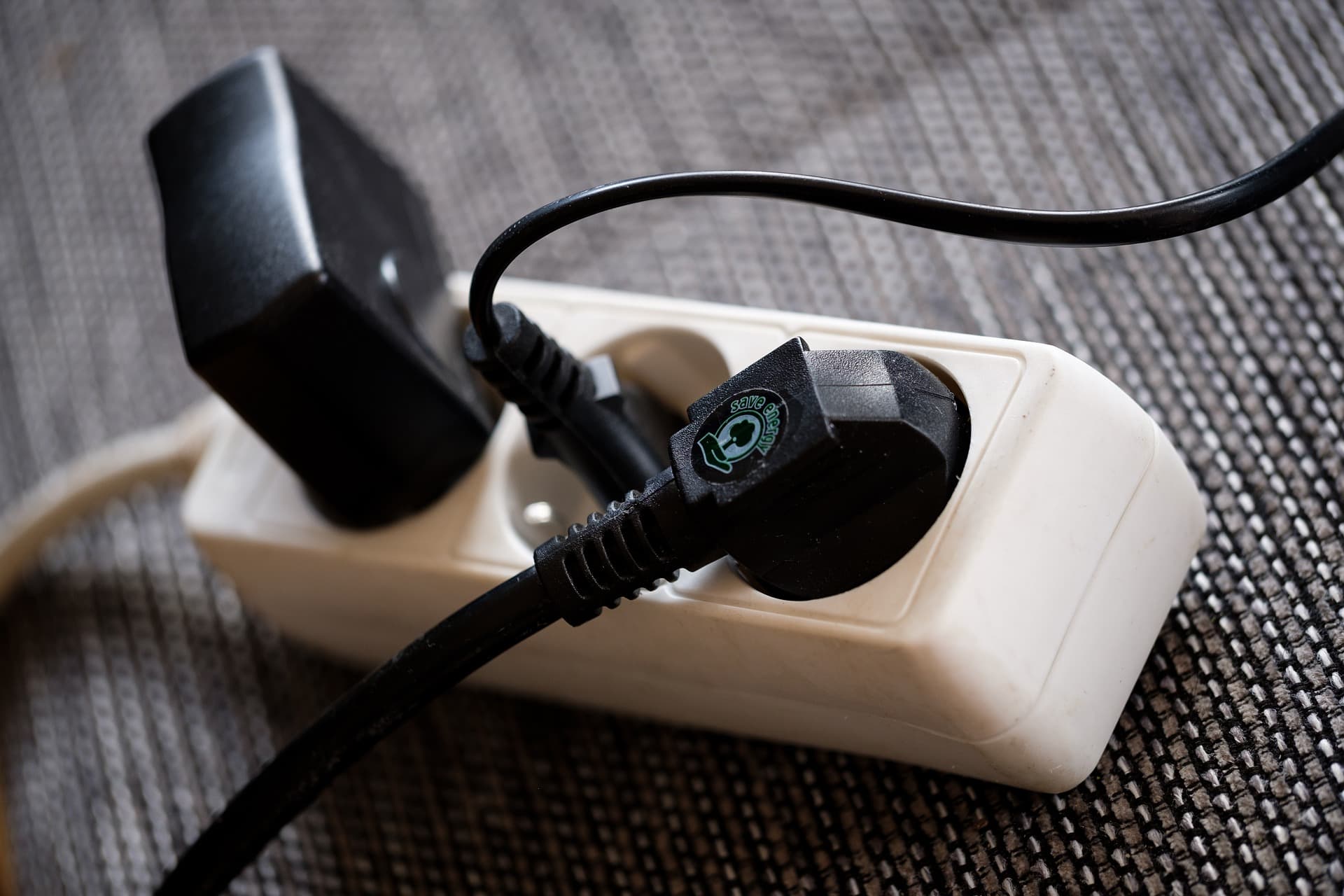All You Need to Know About GFCI Outlets
-
Pete Ortiz
- Last updated:

GFCI outlets, or ground fault circuit interrupter outlets, came to be in the 1970s and changed the world of electrical safety. While regular outlets are vulnerable to electrical errors, GFCI outlets protect people and pets from dangerous irregularities in electricity. Even people who are unfamiliar with the name have likely come across plenty of GFCI outlets – they’re recognizable by the black and red “test” and “reset” buttons.
How Do GFCI Outlets Work?
While the flow of electricity through the wires in our homes is generally quite steady and reliable, at times, electricity takes a detour within the ground. Usually the result of damaged or faulty wiring, these unexpected detours, called ground faults, can throw off the tradeoff of electricity in and out of a circuit and cause harm to anyone nearby.
For example, if someone were using a blow dryer and dropped it into a wet sink, they’re creating an electrical situation that could turn deadly with regular outlets. GFCI outlets cut the power to the outlet and interrupt the electrical surge.
GFCI outlets come equipped with a circuit breaker that acts quickly (within 1/40 of a second!) to shut off electric power in the outlet if there’s a ground fault to prevent the electrical surge from doing any real damage.
Where Do I Need GFCI Outlets?
It’s likely that you’ve already got GFCI outlets throughout your home, but if you’re doing some rewiring of an older house or getting some updates done, it’s important to know where GFCI outlets are mandatory. Since their creation, GFCI outlets have become required for new construction in various circumstances and locations, including:
- All bathroom outlets
- All garage outlets
- All exterior outlets
- All laundry area outlets
- Countertop kitchen outlets
- Dishwasher outlets
- At least one basement outlet
- Wet bars
- Crawl spaces
- Outlets within 6 feet of a sink, bathtub, or shower
- Electrically heated floors

Since water is an excellent (read: dangerous) conductor of electricity, many of the required areas are water-related. GFCIs won’t prevent all shocks, but they prevent lengthy electricity surges that can be fatal. Therefore, even though they’re not legally required in older homes (unless you’re revamping your wiring), it’s a good idea to install them.
Can I Install GFCI Outlets Myself?
Without some background knowledge of the inner workings of electrical systems, installation might be best left up to electrical professionals. However, many DIYers with some know-how choose to save cash by installing them themselves.
First, check with your local building authority to make sure you’re allowed to work on the wiring in your home. In some places, it’s a no-go and you’ll have to hire an electrician no matter how wire-savvy you are.
Then, confirm that the outlet in question is a three-prong outlet that’s connected to three wires – if either of those conditions isn’t true, the task is best left up to a trained electrician. Two holes instead of three indicate old wiring and five wires instead of three indicate tricky positioning on the electrical circuit.
Otherwise, as long as you’ve got a working knowledge of the way outlets are wired and how electrical current travels, you can install GFCI outlets yourself by following these six steps:
- Turn off the power at the main circuit. This is the most important safety step!
- Use a flathead screwdriver to take off the cover of the outlet.
- Use a Phillips screwdriver to remove the old outlet from the outlet box.
- Remove the wires, and take a quick note of which color wires connect to which color screws.
- Attach the GFCI outlet, matching the wire and screw colors based on your notes from step 4.
- Fasten the outlet to the outlet box and attach the outlet cover, then switch the power back on!
If any of those steps are extreme head-scratchers, play it safe and hire out the installation. With processes that involve snipping wires in your home, it’s often worth the price to outsource the efforts. Either way, once the installation is complete, be sure to test the outlet.
How to Test
Make sure the outlet is working properly by conducting a simple test:
- Press the reset button
- Plug in a lamp or night light. It should turn on when you plug it in.
- Press the test button. If the light turns off, the GFCI is working correctly. If it remains on, the outlet will not protect you from dangerous electrical surges.

Maintenance
Once they’re up and running, GFCI outlets require very little upkeep. It’s a good idea to follow the test process about once a month to confirm that everything is running as expected.
Small events like static and lightning can cause a GFCI to shut off, but as long as it’s infrequent, this is no cause for alarm. If it happens more than weekly, the outlet likely needs replacing.
In Conclusion
Most people have lived with GFCI outlets in their homes for years without even knowing about the life-saving technology within their walls. Affordability, ease of installation, and low maintenance make GFCI outlets revolutionary household safety technology.
Featured Image Credit: Pixabay
Contents




